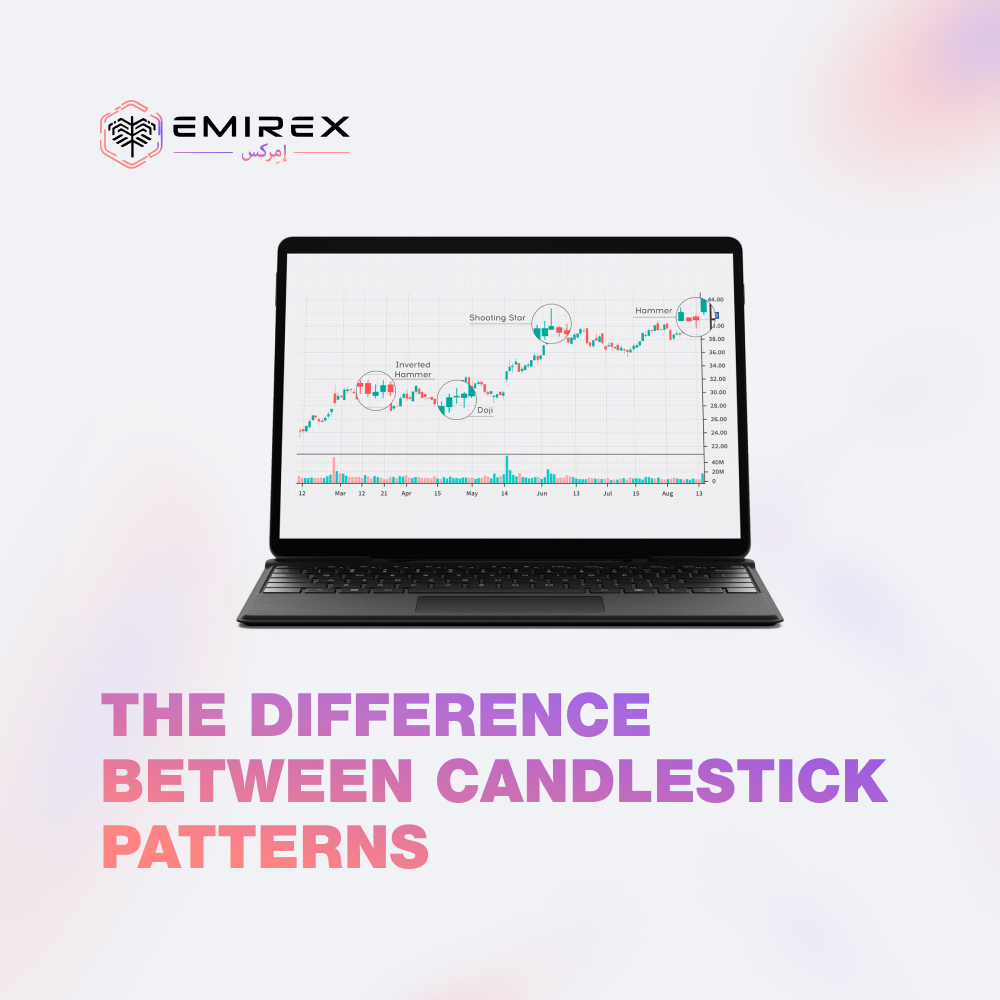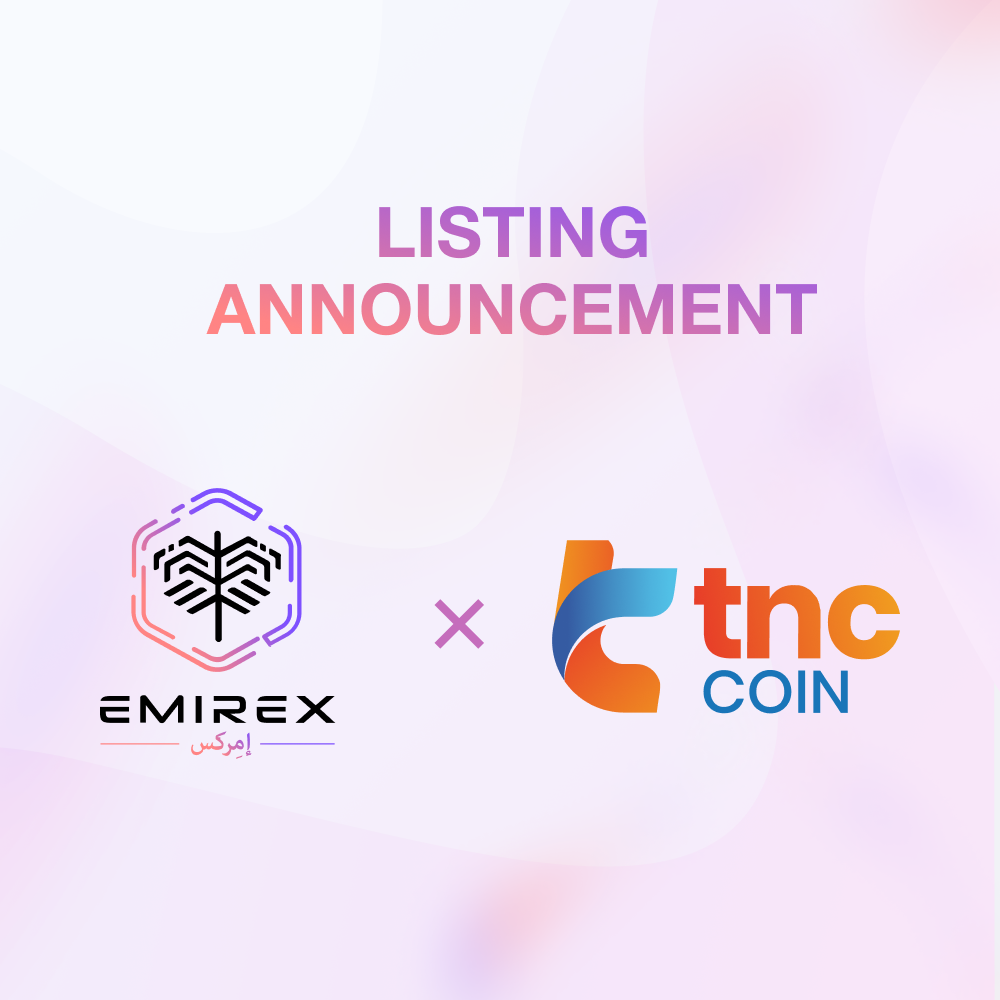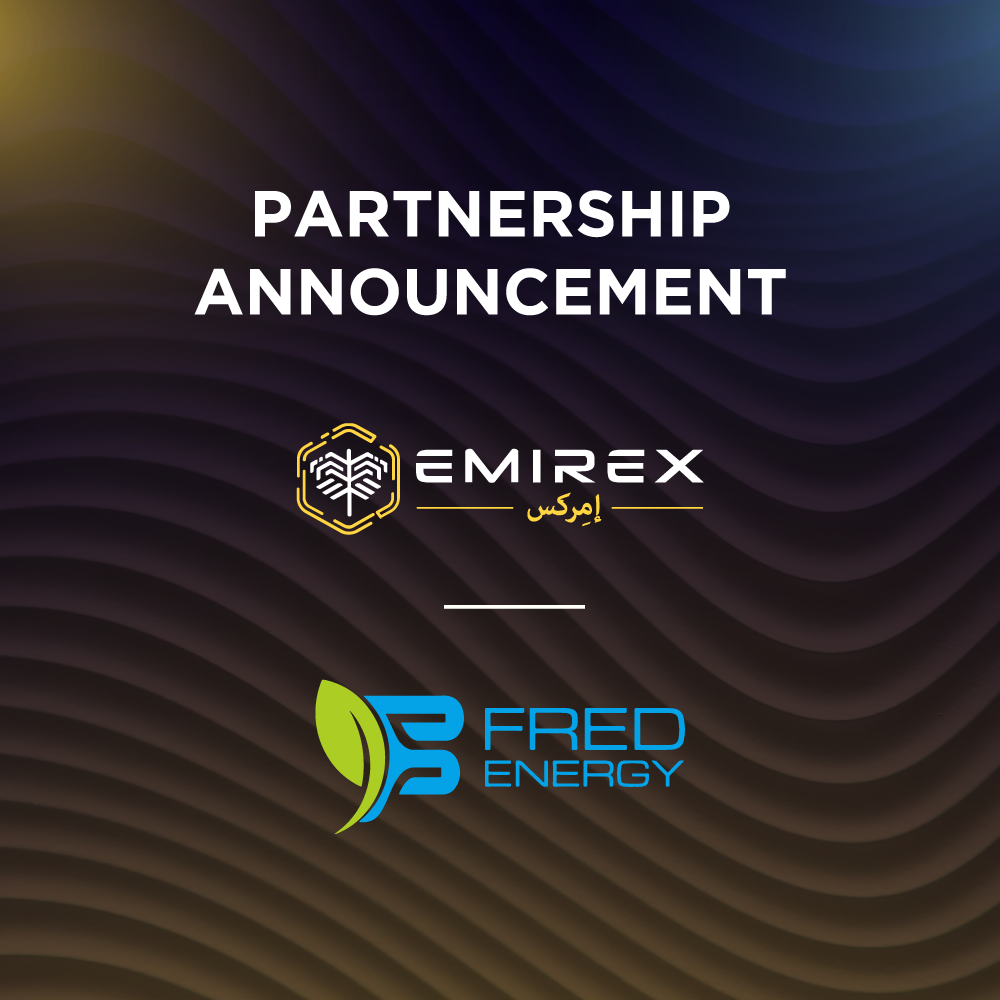One of the new fundraising approaches to crypto-banking is the Initial Exchange Offering. It has caught the attention of traders all around the globe. Let’s examine this phenomenon.
The biggest problem with ICO (Initial Coin Offering) is that none of the third parties monitors it. Basically, anyone can launch an ICO, as long as they have a white paper to convince investors to fund their company.
On the other hand, IEO is a very, if not entirely, different model. While both ICO and IEO share similar rationales of Initial Public Offering (IPO), in an IEO, an exchange is an administrator.
Simply put, unlike ICO, IEO is not open to the public. You’ll have to be a user of the hosting exchange to participate in the token sale. While ICO allows any contributors to buy the token for sale by sending funds to a specific address, IEO requires contributors/users to buy the token with the exchange’s accounts.
So no, it’s not the same old soup.
What is the role of native tokens in IEO?
Native tokens play an essential role in IEO. The prices of native tokens are usually increased, leading up to the IEO process.
First, as the tokens issued by the exchange itself, native tokens have inherent advantages. As the medium of the IEO process, the exchange will make full use of its native tokens to facilitate the implementation of the IEOs. Plus, native tokens bind the project teams and the exchanges; the project team tends to cash out when the coin price is high, while the exchange tends to maintain market stability.
Second, IEOs expand the utility of native tokens. As an essential tool for raising money for projects, native tokens are in large demand in the IEO process. Native tokens are also used to incentivize users and projects. With the increasing number of projects onboarding the IEO to raise money, the ecosystem of native tokens is expected to expand exponentially.
What are the advantages of IEO?
A successful IEO could be an all-win case for token issuers, trading platforms, and users.
Token issuer startups benefit from the ideal process of launching IEOs on exchange platforms compared to doing their ICOs “on their own.” Plus, the exchanges will help the projects with marketing, improving their brand with their influences. The large user base could naturally bring buyers to the issued tokens.
One of the main advantages of IEOs is trust, as the crowdsale is conducted on a cryptocurrency exchange platform. The counterparty screens every project that seeks to launch an IEO on its website. Exchanges do this to maintain their reputation by carefully vetting token issuers. Therefore, IEOs can eliminate scams and dubious projects from raising funds via cryptocurrency exchange platforms, making it much harder to swindle users.
In addition, token issuers do not have to worry about crowdsale security, as the exchange is managing the IEO’s smart contract and handling the KYC process. This relative security is also guaranteed for the investors, since the exchanges will wash out ineligible projects that may pose risks to investor’s assets, thus creating a safer crypto-investment environment.
Emirex exchange is fully prepared for holding IEOs. The first one will offer the EMRX native token. The IEO of the EMRX token will kick off on December 11, 2019. Want to know how to participate? Let’s find out.
How to participate in the Emirex IEO?
- Sign up for an account on the exchange and follow the Know Your Customer (KYC) procedure.
- The following cryptocurrencies will be accepted for the purchase of an EMRX Token: BTC, ETH, EUR, USD, USDT. Also, such fiat currencies as the Euro and USD will be accepted.
- The price of the EMRX token will be around US$0.4.
- The IEO starts on December 11. The hardcap is US$10,000,000. The distribution will start on January 15, 2020. EMRX will be unlocked and available for trading immediately after this.
Emirex Exchange. EU Licenced&Regulated. Tokenisation Advisory.
Follow Emirex on social networks!
Twitter Facebook LinkedIn Instagram Telegram






